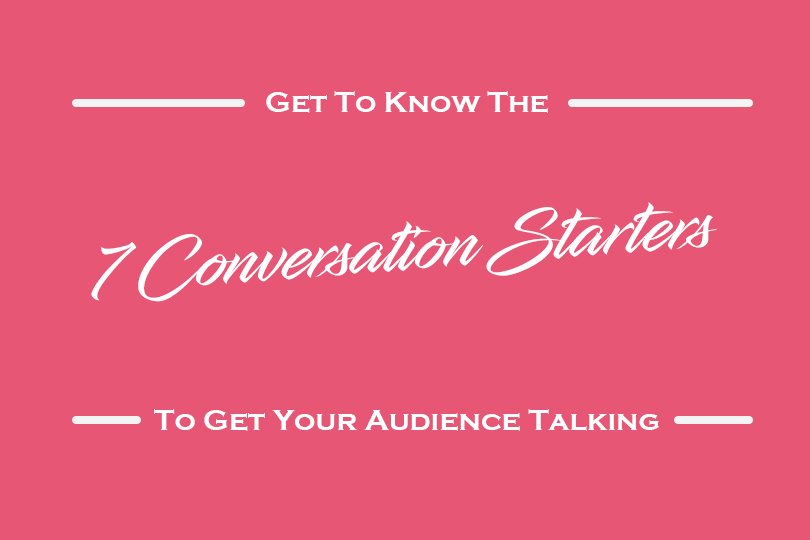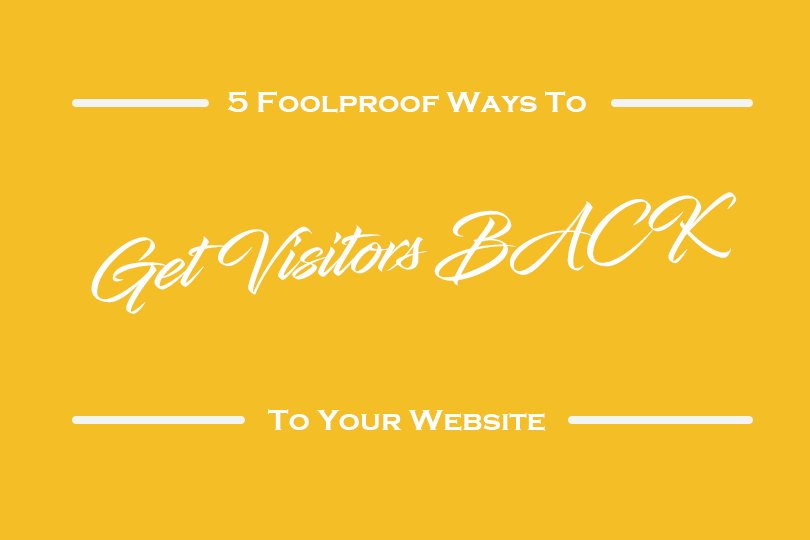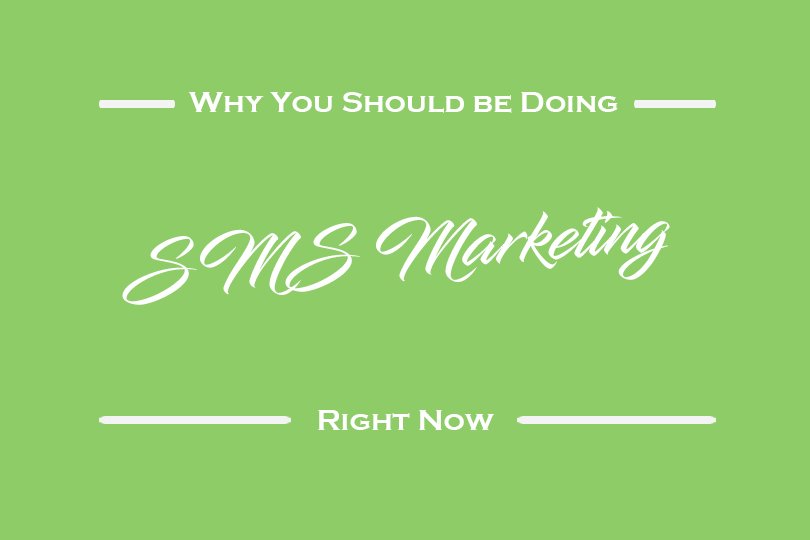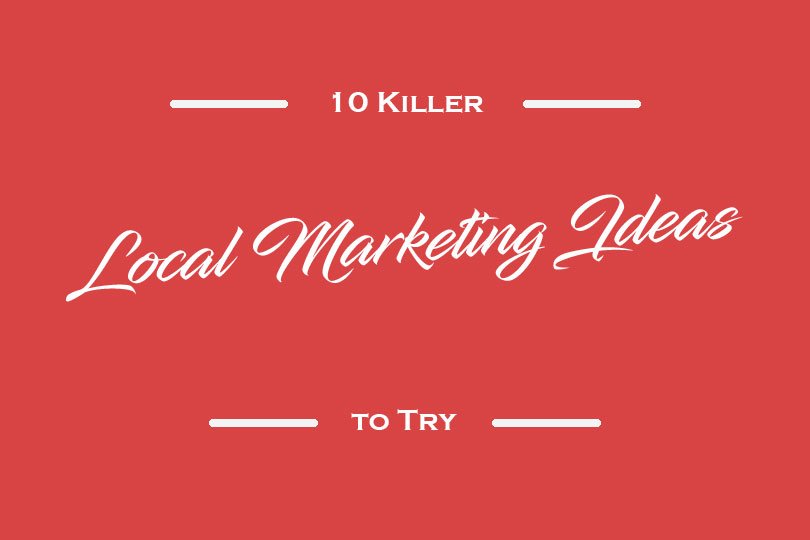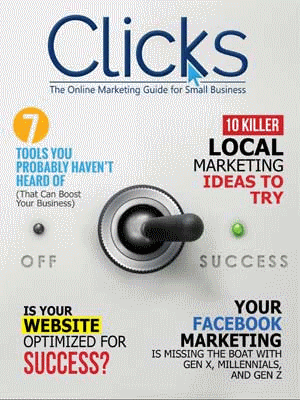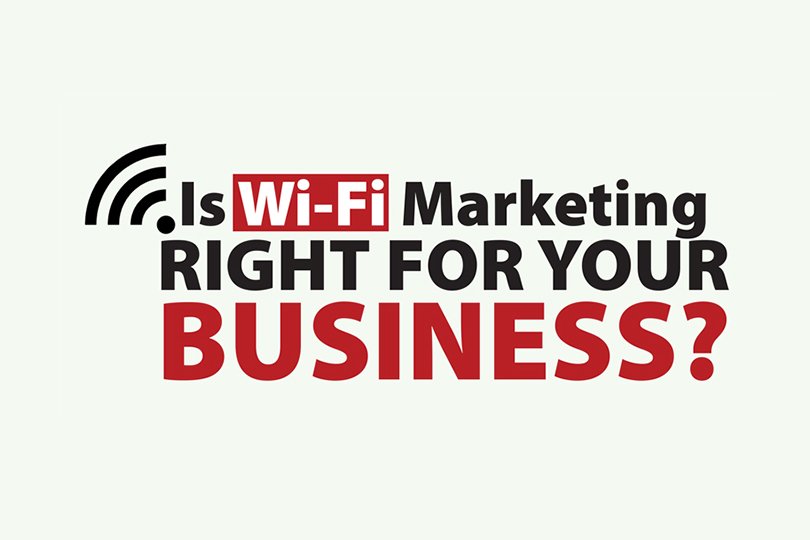
Is Wi-Fi Marketing Right for Your Business?
You’re happy when you go into a business and they offer free wi-fi. Don’t you want your customers to feel that way too?
Let’s face it. Nobody likes having to eat into their monthly data allowance to look something up on the fly. When you’re home, your phone’s connected to your wi-fi. And, when you go into a business that makes their wi-fi available to customers, you’re grateful.
Guess what that means?
The free wi-fi you offer your customers is also – drum roll, please – a terrific marketing opportunity. Handle it right, and you can use that connection to build your list, gather information about your customers, and even improve your customer service. Here’s how.

Using Wi-Fi Marketing to Build Your List
Do you have an email list? Granting customers access to your wi-fi is a great way to build your list.
You could open up your wi-fi without gathering information about your customers, but why would you? Most people will be willing to give up their email address to get some free wi-fi. You can tether your wi-fi login to a simple opt-in box that asks for the customers email address and first name.
Once you’ve got their email addresses, you can use them to send promotions and relevant content that will help turn them from one-time visitors into loyal customers.
Another option, if you’re using SMS marketing (or want to) is to ask customers for their mobile number instead of (or in addition to) their email address. A word of caution, though – I’ve told you before that adding one extra field to a form can decrease your conversion rate. My advice is to pick either an email address or a mobile number and go from there.
Wi-Fi Marketing Ideas to Try
Collect Customer Analytics
Having access to your customers’ mobile devices means that you can collect a huge amount of data about them without any fuss. Wi-fi marketing allows you to collect:
- Demographic information
- Purchasing behavior
- Physical behavior (the frequency of their visits)
You can use the information you collect to tailor specific offers to your customers and send them notifications of upcoming sales and events.
Social Wi-Fi Marketing
Another option is to allow customers to log in to your wi-fi using their social accounts. You’ve seen this on lots of sites, I bet. Many customers will choose the convenience of logging in with an existing account over creating a new one.
You might wonder about this one. After all, it doesn’t allow you to collect email addresses or mobile numbers. Is it really worthwhile?
I’d say it depends. If your social media game is strong – and it should be! – then you can use your wi-fi login as a way of encouraging people to follow your social media accounts.
When people follow you on Facebook and Twitter, you get access to both demographic information and their personal interests. That data can help you do a better job of targeting them with marketing and offers.
Inform Customers
A lot of products have a learning curve. Whether you’re introducing a new product or offering up ideas of ways to use an existing one, your wi-fi marketing can help you prime your customers to buy from you.
It’s also a way of engaging with your customers on an ongoing basis. People like to feel connected to the brands they use. You can do that in a way that doesn’t seem pushy by giving people access to your wi-fi connection.
Think of it as wireless lead nurturing. Every person who walks into your business could turn into a long-term customer. Wi-fi marketing can help you move them down that road.
Provide Customer Service
In an ideal world, every customer would be thrilled with you and they’d buy from you for the rest of their lives.
But we don’t live in an ideal world. You know that.
Wireless marketing can allow you to follow up with customers after they leave your business and gather information about their experience. For example, you could send them a survey to complete. Or, you could simply touch base with a quick email or text.
Either way, you’re letting them know that you care about them and their experience – and that you’re willing to do what’s necessary to turn them into loyal customers.


